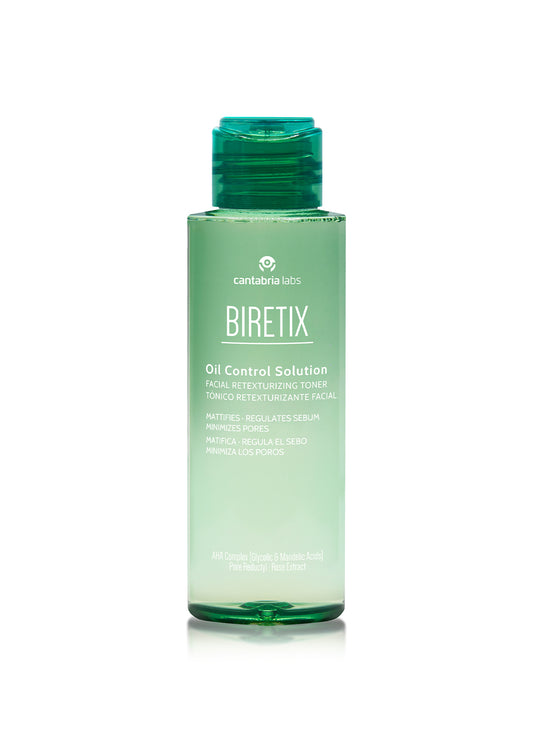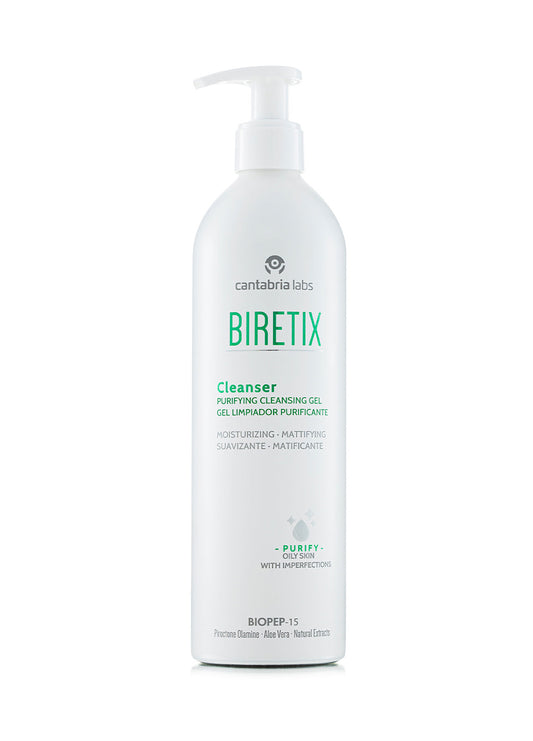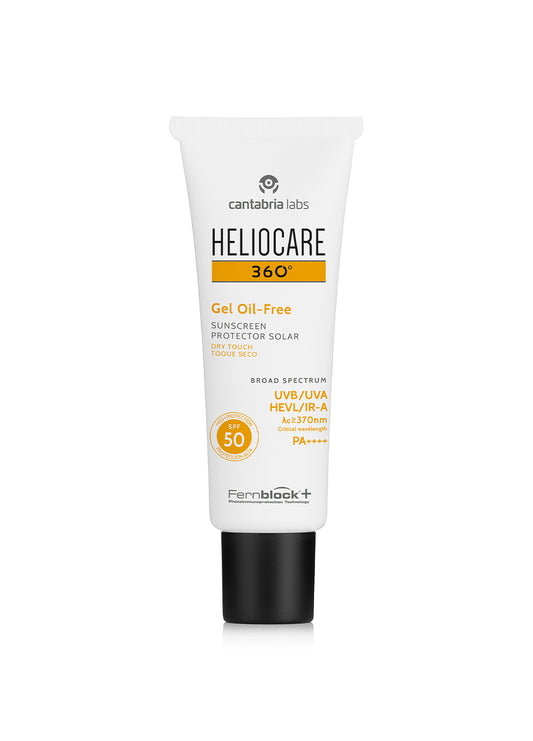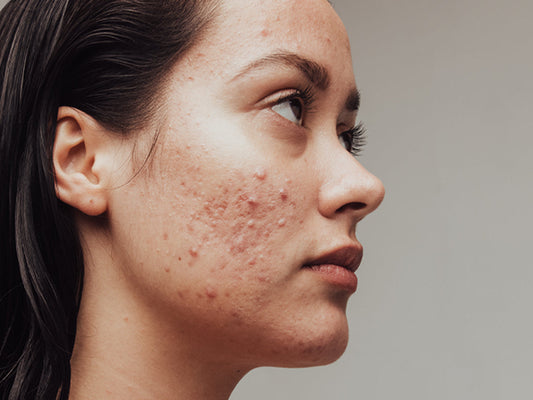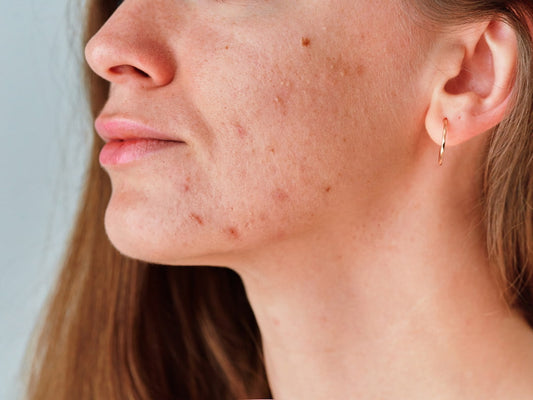Top products & skin care options for spot prone skin
Published on 16 October 2024
Spot prone skin is often associated with teenage years, but that’s not necessarily the reality. While a large proportion of those with spot prone skin are under 30 years old, many can start to suffer with breakouts in later life. But what exactly is spot prone skin, and in a vast and confusing market of skincare for spot prone skin how can you find the right products for you?
In this short guide we’ll look at what spot prone skin means, some top tips for managing it as well as what skincare ingredients to seek out and what to avoid!
What does ‘spot prone skin’ mean?
If you have spot prone skin you’re more susceptible to breakouts of spots / pimples and comedones. Your skin is likely to be visibly oily and your pores may appear to be enlarged.
Spot prone skin is often caused by an overproduction of sebum in the skin. Sebum is a waxy substance secreted from our hair follicles, helping to keep it hydrated and protected from environmental stressors. When we have excess sebum, it can combine with dead skin cells to block our pores and cause breakouts.
Over stimulation of sebum can be caused by many things including hormones, misuse of skincare products, dehydration, genetics and skin irritation to name a few. Hormones play a big part in this, which is why puberty, pregnancy and menopause can disrupt the skin so much.
Tips for managing spot prone skin
There are lots of things you can do (and not do) in your day to day regime to help rebalance the skin and minimise your breakouts. Here are our top tips:
Do not pick or pop spots. It may be hard to resist, but this can actually lead to clogging the surrounding pores, causing more inflammation, infection and scarring.
Keep it clean. Cleanse thoroughly morning and night. Avoid touching the skin and make sure anything that comes into contact with the skin such as makeup brushes, towels and pillowcases are cleaned regularly.
Hydrate, hydrate, hydrate. Drinking water helps to improve your skin health generally, but there’s a lot of other organs in the body that use this hydration first, so we need to boost it with topical products that help to moisturise the skin specifically. Oily skin is no exception - in fact, starving oily skin of hydration can exacerbate the situation. Find a lightweight moisturiser for spot prone skin - read on to find out more.
Don’t scrub. It may feel like your skin needs a good scrub for deep cleanse, but this can cause more inflammation and irritation. When using your cleanser or exfoliator, apply it to the skin gently with your fingertips using circular motions, then rinse with lukewarm water and pat the skin dry with a clean towel.
Keep it simple. With so many skincare products available to us it can often be confusing and overwhelming, and we can overload the skin with ingredients that can actually make it worse. Keep your regime simple, don’t overload the skin and don’t over-exfoliate.
Skincare for spot prone skin
When looking for your perfect skincare regime make sure you give the products time to work before changing them. Regularly swapping products can cause irritation, and many products can take 6-8 weeks to get to work in your skin.
If you’re using active ingredients like retinol and AHAs you might find that the skin dries out or purges while the skin acclimatises to it. This means that congestion deep within the skin is dislodged and pushed to the surface, which can cause a short-term breakout. This is to be expected, so as long as your new skincare regime isn’t irritating your skin, persevere and push through the purge!
Cleanser
Find a cleanser that helps to control oil and bacteria without being harsh and stripping the skin. You’ll need to cleanse your skin thoroughly morning and night, so make sure it’s gentle enough for you to use regularly. The BIRETIX Cleanser is a great option.
Toners
Using a toner immediately after cleansing can help to remove any remaining traces of oil. For spot prone skin look for salicylic acid and low levels of AHAs like glycolic and mandelic acid to reduce oil - these ingredients also help to lift away dead skin cells and smooth the skin (added bonus!). Remember, you want to be able to use this daily, so keep the potency of those active ingredients lower so you don’t strip the skin. Take a look at the BIRETIX Oil Control Solution.
Treating spots
If you have spots, you need to include a product that helps to calm and reduce them. Look for ingredients that help to fight bacteria as well as soothe the redness and inflammation. Finally, the powerhouse ingredients that will have the most impact - retinol, salicylic acid, glycolic acid and other AHAs will all help to increase skin cell turnover to eradicate your spots. BIRETIX Tri-Active Anti-Blemish Gel is a powerful product that’s still gentle on the skin.
Moisturisers for spot prone skin
Hydration is a crucial part of every skincare regime, regardless of how oily your skin is. Look for lightweight, non-comedogenic products that hydrate the skin without clogging pores. Take a look at the BIRETIX Hydramat Fluid, which also helps to reduce the pigmentation caused by acne scarring.
Sun protection
A non-negotiable - especially if you’re using retinol or AHAs. Find a full spectrum sun protection product (protecting against UVA, UVB, visible light and infrared-A) that has been formulated for oily skin. The HELIOCARE 360° Gel Oil-Free is award-winning and recommended by dermatologists worldwide.
Visiting a dermatologist or skin specialist
More severe cases of spot or acne prone skin may require prescription products to get it under control. Visit a doctor, dermatologist or skin specialist who will be able to analyse your skin and provide a tailored and more potent solution for your skin. The tips in this guide are still relevant, and once you have your acne under control you can use a simple regime as described here to maintain results.


